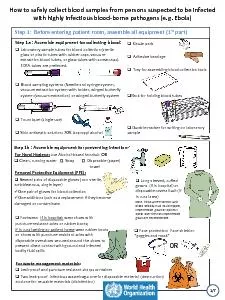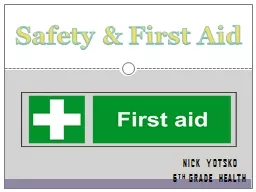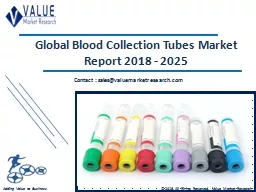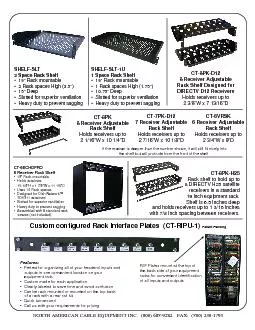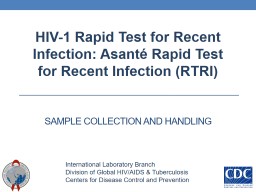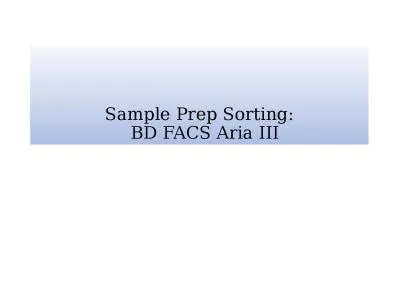PDF-Gauze pads Adhesive bandage Tray for assembling blood collection tools Rack for holding
Author : celsa-spraggs | Published Date : 2014-10-27
g Ebola Step 1a Assemble equipment for collecting blood 57481 Laboratory sample tubes for blood collection sterile glass or plastic tubes with rubber caps vacuum
Presentation Embed Code
Download Presentation
Download Presentation The PPT/PDF document " Gauze pads Adhesive bandage Tray for ..." is the property of its rightful owner. Permission is granted to download and print the materials on this website for personal, non-commercial use only, and to display it on your personal computer provided you do not modify the materials and that you retain all copyright notices contained in the materials. By downloading content from our website, you accept the terms of this agreement.
Gauze pads Adhesive bandage Tray for assembling blood collection tools Rack for holding: Transcript
Download Rules Of Document
" Gauze pads Adhesive bandage Tray for assembling blood collection tools Rack for holding"The content belongs to its owner. You may download and print it for personal use, without modification, and keep all copyright notices. By downloading, you agree to these terms.
Related Documents

